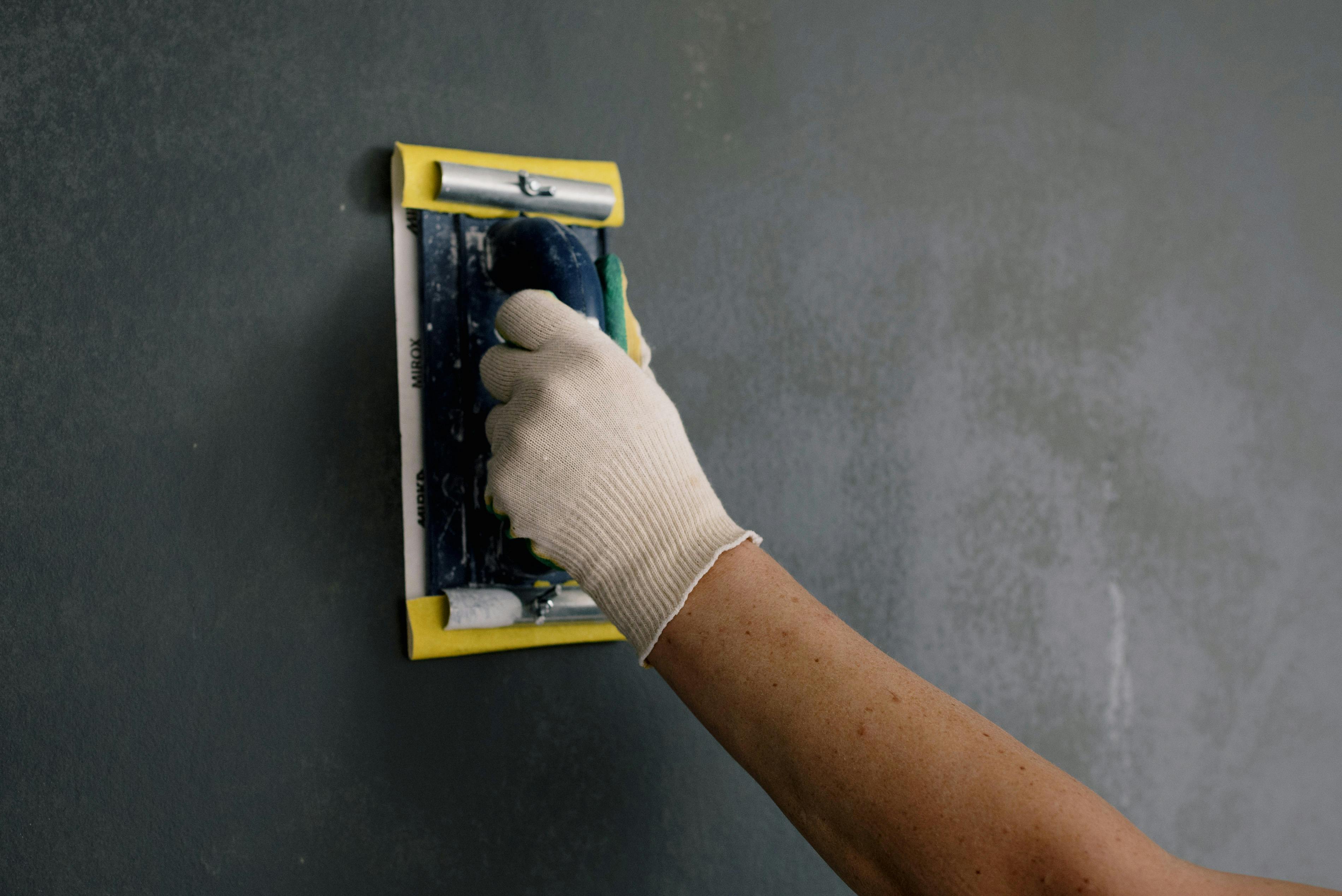Normally when you just buy your laptop and start using it, you are happy with how it works. However, in most cases, after several months, your laptop’s performance begins to noticeably degrade. It takes longer and longer to start the computer. Software programs that used to work fast become slow. And eventually, your overall productivity begins depending on the speed of your computer. What happens? How to restore the performance of your “assistant”?
It might be hard to believe, but your laptop is slow because it’s dirty. To fix this problem, you must clean your software and hardware. Yes, the hardware too. The reason is that dust clogs the vents, causing the CPU to heat up. When the temperature rises, Pentium-4 and later models slow down until they are no longer at a critical temperature. Your laptop can even get burned if you don’t keep it clean. Heat is generally the leading cause of computer component failure. So regular cleaning can also help avoid expensive repair and replacement costs.
For the aforementioned reason, it is important to limit the use of your laptop in high temperatures and to keep your laptop in an open area that has good air circulation during power-up. Clean your laptop regularly. You can use an old toothbrush to remove dust from the area around the fan. Turn it off before cleaning. Keep drinks and any liquids away from your laptop because short circuits caused by liquid destroy laptops quite often. It is also advisable not to eat too much because the crumbs can easily go on the keyboard and cause the PC to crash eventually.
Now software. The first step is to get rid of unwanted and unused programs. Programs usually have an uninstall option that can be used to completely uninstall the programs and their components from your PC. If some software does not have this option, the best way is to use the Add / Remove Programs tool in the Control Panel of your MS Windows. By doing so, you ensure that all registry items associated with that application are safely removed.
The second step is not necessary, but it is recommended. You need to find and remove all the invalid registry items on your PC. It may not be easy to do this manually because it is difficult to determine which items correspond to which applications (you could accidentally delete a valid registry item, leading to software crashes and crashes). So for this purpose it is better to use some tool, for example Windows Live OneCare security scanner or Norton tools.
The third step is to delete all unnecessary data files. If some files are used infrequently, you can archive them. If you have MS Windows XP or later operating system, open any folder, right-click the blank area, select New, and then Compressed (zipped) folder. After creating an empty zip file, move all the files you want to compress into it. Also, as a one-time measure to make the next step more efficient, it would be nice to clean the Recycle Bin: right-click on the Recycle Bin icon and select Empty Recycle Bin.
The last step to speed up your PC is to defragment your laptop’s hard drive. In case you have MS Windows XP or later operating system, open My Computer, right-click on the local disk volume you want to defragment, and then click Properties. On the Tools tab, click Defragment Now. Click Defragment. If your operating system does not have a disk defragmenter, you can use some software tool, such as Norton Utilities. For the defragmenter to run properly, make sure no other applications are running. Also note that the defragmenter can take a long time to run.



